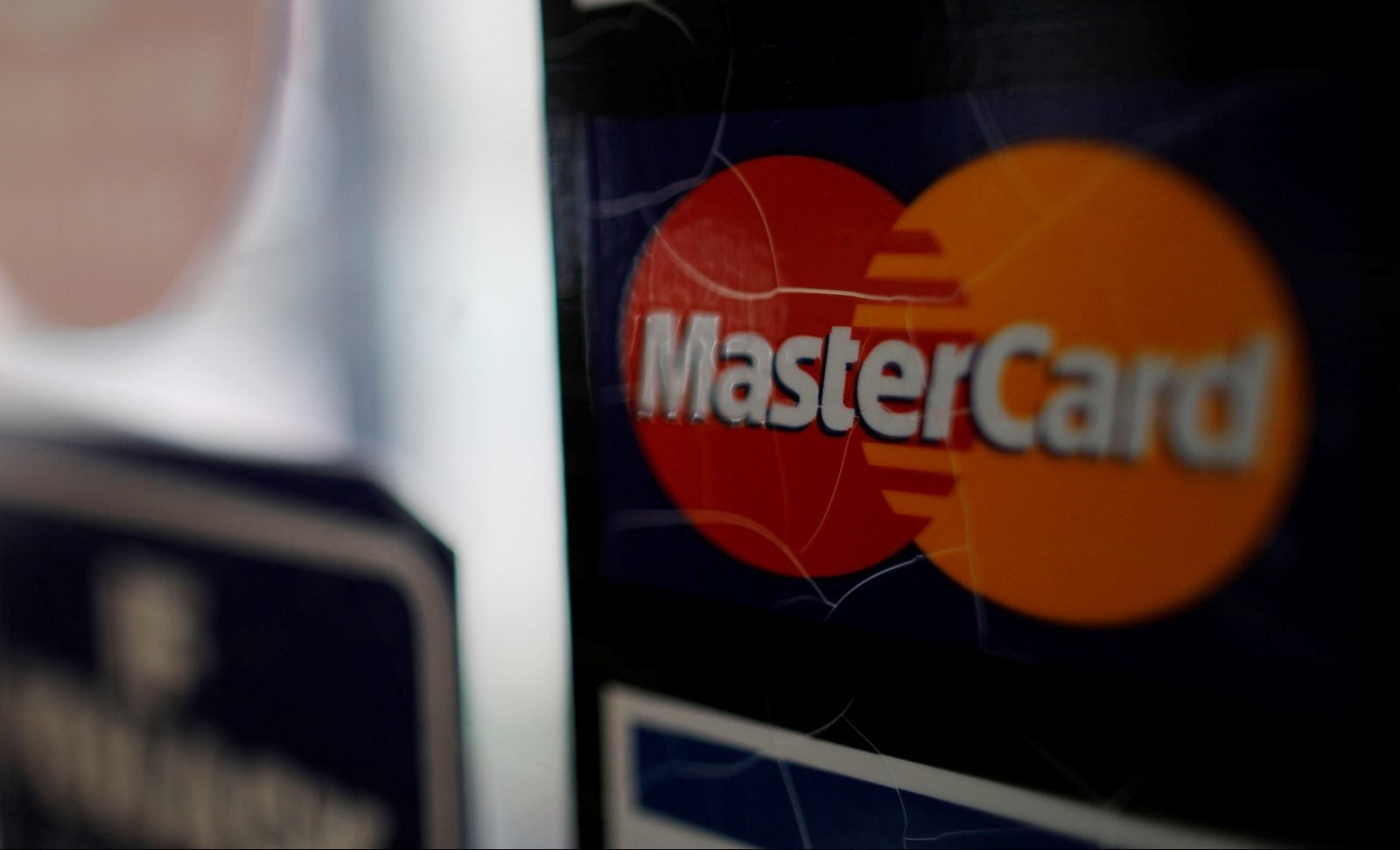Why India is key to Mastercard’s success across the world
The global digital payment network Mastercard is betting big on India.


The global digital payment network Mastercard is betting big on India.
The company has laid out a blueprint to invest Rs7,000 crore (nearly $1 billion) in the country over the next five years. This includes building a $350-million data processing centre—Mastercard’s first outside home country US. Out of the over 200 countries where it has a presence, it has chosen India due to the indisputable opportunities present in its digital ecosystem, said Porush Singh, division president-south Asia.
“India has a vibrant fintech ecosystem and we are very confident about the growth opportunities,” Singh said.
By 2025, it is expected that digital transactions in India would be worth $1 trillion annually, according to a report by ACI Worldwide. Meanwhile, the user base for digital transactions in India, which was close to 90 million in 2018, is expected to more than triple to 300 million by 2020 as more users from rural and semi-urban areas take to such platforms. This is also the sweet spot that Mastercard is focusing on, said Singh.
He spoke to Quartz about India’s importance as a hub for the company and its plans as digitisation gains ground. Edited excerpts:
How much has Mastercard invested in India so far?
Before 2013, Mastercard had 30 employees in India who were looking at sales and distribution and so the investment was miniscule. Between 2014 and 2019, we invested Rs6,500 crore, or a billion dollars, to develop capabilities and employ more people. We also focused on acquisitions and partnerships and increased the workforce to 1,000, which is the second largest outside the US, accounting for 14% of the total workforce. Then we opened more offices and even set up an innovation lab in India.
So what are the investment plans for the next five years?
A significant part of the $1 billion we plan to invest in India over the next five years will go towards establishing a domestic transactions processing centre. Another part of the investment will be directed towards building a services hub, which will focus on developing and delivering value-added services such as authentication, tokenisation, cyber security, intelligence solutions and data analytics. There is potential to deploy these services outside India too.
What are the markets where you plan to deploy the services built in India?
The value added services such as fraud detection, and artificial intelligence that we provide and the data centre that we will have will be of relevance to multiple markets. But since this is the first time we are building a data centre outside the US, the focus will be on getting it right, and then to use it for markets outside India.
What is the trigger for this second round of major investments?
Till now, all processing related services were provided from the US centre. But as more and more services that are not card-or brand-related emerge, we see an opportunity to build a (data) processing centre in India. The opportunity in India is indisputable. The tectonic growth we have seen in digital payments post demonetisation, shows we have just started out on the journey.
Our strategy has also shifted a little. We see that a lot of growth coming from smaller towns and cities and there we are trying to build merchant acceptance to propel growth.
Did the data localisation norms introduced by India’s central bank last year, play any role in the decision to build the data processing centre in India?
To be sure, the central bank has not said that the processing needs to happen in India. So, no this hasn’t guided our decision. The Reserve Bank of India had said that the data needs to be deleted from everywhere and stored only in India. And we are complying with the norms. Our only concern was the timeline and we have been working on it.
Hasn’t the growth of digital transaction slowed down a little?
Demonetisation gave a jump start to digital transactions. When people didn’t have cash, they used cards to transact. Though cash transactions became popular once notes returned to circulation, not everybody went back to it. Even though the rate of growth has slowed down, it is still growing and so we are bullish on it.